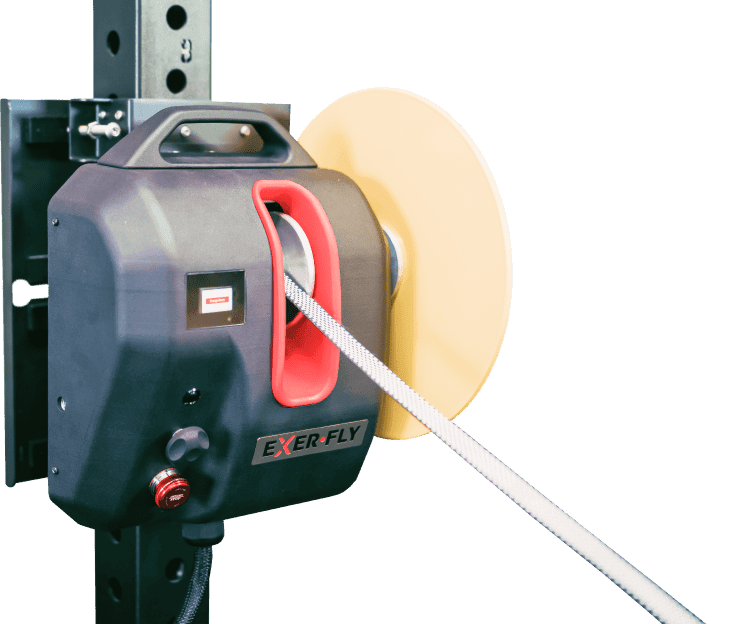
Exerfly x Charlton Athletic FC Injury Reduction Success
We are thrilled to announce how Charlton Athletic have been using Exerfly, which resulted in a remarkable reduction in overuse injuries, the men's first-team will continue utilizing Exerfly equipment.
The club's Head Physiotherapist, Adam Coe, expressed his satisfaction, stating...
“While there are always challenges throughout a season, we were really pleased to see our overuse injuries drop to the lowest level they have been in recent years. This is testament to the hard work of the medical team and we have also been really pleased with the impact of the Exerfly equipment.”
Strength and Conditioning Coach Connor Derbidge added:
“A lot of studies have shown that flywheel training, which is what the Exerfly is, is far superior to that of traditional weight training. It can help players improve their strength and power. The equipment has been popular with players and the portable nature of it is really helpful as we can take it to away games easily. It is perfect for post-game work done by unused or little-used substitutes.
As well as the improved record on overuse injuries, we have also seen players improve their physical performance; for example, many of our players have improved their vertical leap throughout the season.
This equipment is superior to traditional resistance training - the research shows that and it is more practical too.”
Co-founder of Exerfly, Jordan Barron said:
"We've been really pleased to see the significant decrease in overuse injuries at Charlton.
Given the practicality of the applications from strength to rehab all in one piece of equipment, we are excited about the growing adoption of Exerfly in professional sports and the emerging advancements in flywheel training technology."
The partnership extension between Exerfly and Charlton Athletic signifies a continued commitment to optimizing the performance of their players and mitigating injury risks. Together, we look forward to further accomplishments and advancements in the world of flywheel training.
How is does flywheel training differ from traditional training?






